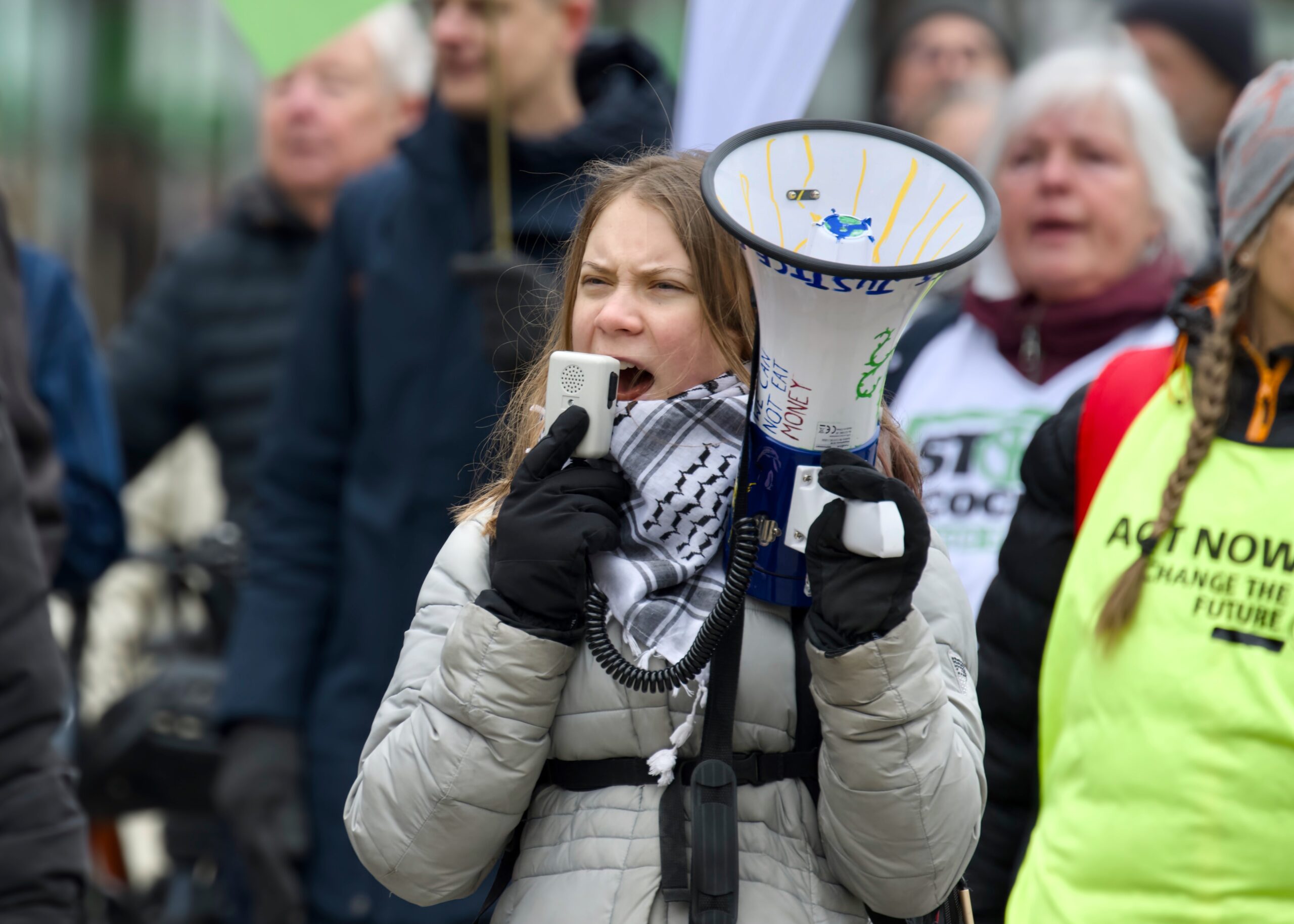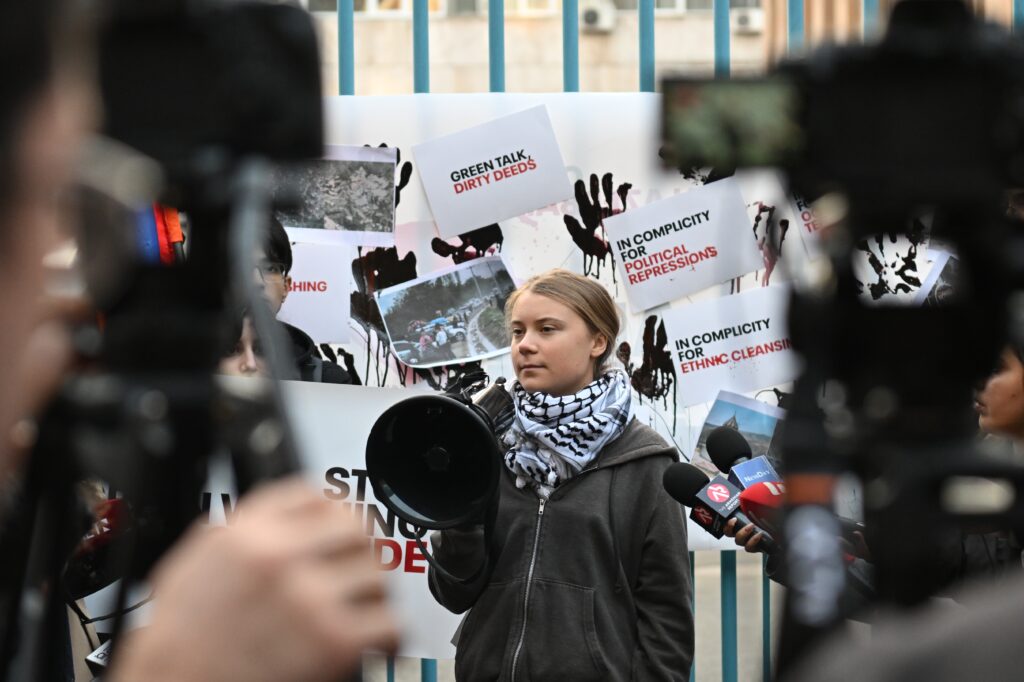
Greta Thunberg: How One Teen Became the Face of Climate Action
When Greta Thunberg sat alone outside the Swedish parliament with a hand-painted sign in 2018, few could have predicted that she would spark a global movement. At just 15 years old, she transformed a quiet protest into Fridays for Future, a worldwide youth-led campaign for climate justice.
This post follows Greta’s extraordinary journey from a concerned student to one of the most influential climate activists of our time — and explains why her message continues to resonate across generations.
Outline
- Early Life and First Sparks of Awareness
- The First School Strike for Climate
- Speaking Truth to Power
- From One Girl to a Global Movement
- The Greta Effect: Shifting the Climate Conversation
- Criticism, Courage, and Staying on Message
- Beyond Protests: Greta’s Broader Influence
- Final Reflections
Early Life and First Sparks of Awareness
Greta Thunberg was born in 2003 in Stockholm, Sweden, to a family of performers — her mother an opera singer, her father an actor. But it wasn’t the arts that captured Greta’s imagination; it was the climate crisis.
At age 11, she became deeply depressed after learning about global warming and the lack of meaningful political action. She was later diagnosed with Asperger’s syndrome, which she refers to as her “superpower” — helping her focus intensely and speak out without fear of social pressure.
“I see the world in black and white. I don’t like compromising when it comes to the climate,” she has said.
The First School Strike for Climate
On 20 August 2018, Greta began her school strike for climate — sitting outside the Swedish parliament every Friday with a sign that read “Skolstrejk för klimatet” (School Strike for Climate).
She skipped school not out of rebellion, but because she believed there was no point in studying for a future that was being stolen.
Her message was simple and direct:
- The science is clear
- The world is not acting fast enough
- Young people deserve a livable future
📍 What began as one girl’s protest soon became a symbol of urgent resistance.
Speaking Truth to Power
Greta quickly became known for her unfiltered honesty, whether addressing world leaders at the UN Climate Action Summit, EU Parliament, or World Economic Forum in Davos.
Her most famous quote?
“How dare you!” — delivered to global heads of state at the UN in 2019, condemning their failure to act.
She refused to flatter, politicise, or soften her message:
- Climate change is real
- The time for excuses is over
- Adults are failing the next generation
She spoke with facts, clarity, and a calm intensity that cut through the noise.

From One Girl to a Global Movement
By late 2018, students around the world were inspired by Greta’s actions. The Fridays for Future movement was born, mobilising:
- Millions of young people in over 150 countries
- Mass walkouts and climate strikes
- Ongoing pressure on politicians and institutions
Greta travelled — by train or sailboat, never by plane — to climate events around the world, urging leaders to treat the climate crisis like the emergency it is.
Her school strike turned into a worldwide wake-up call.
The Greta Effect: Shifting the Climate Conversation
Greta changed the narrative in several key ways:
- Made climate action urgent, not theoretical
- Reframed youth voices as powerful and informed
- Used social media to mobilise millions, not just policy papers
- Shamed inaction without violence or spectacle
Whether or not you agree with her tone or tactics, her impact is undeniable:
- Media coverage of climate issues skyrocketed
- Politicians began referencing youth demands
- Climate change became a central topic in global elections
Scientists have praised her for helping public understanding catch up with climate science.
Criticism, Courage, and Staying on Message
Greta has faced intense criticism — from world leaders, internet trolls, and media outlets. She’s been called everything from “a puppet” to “a brat.”
Her response?
- Stay calm
- Stay factual
- Stay focused on the science
She uses her platform not for fame, but to amplify the voices of scientists and activists, especially from the Global South.
She reminds us that climate activism is not a trend — it’s a necessity.
Beyond Protests: Greta’s Broader Influence
Greta has:
- Published books and essays on the climate crisis
- Donated award winnings to climate causes
- Co-authored open letters to world leaders
- Inspired documentaries and educational programmes
She has also met with Pope Francis, Barack Obama, and various heads of state — all while insisting that this movement is not about her, but about the planet.
She’s been nominated for the Nobel Peace Prize multiple times and was named TIME Magazine’s Person of the Year in 2019.
Final Reflections
Greta Thunberg didn’t set out to become famous. She just refused to stay silent.
“You say you love your children above all else, and yet you are stealing their future in front of their very eyes.”
Her story reminds us that you don’t need power, money, or permission to make a difference — just conviction, a sign, and the courage to show up.
She didn’t wait for the world to change. She stood still until the world noticed.


